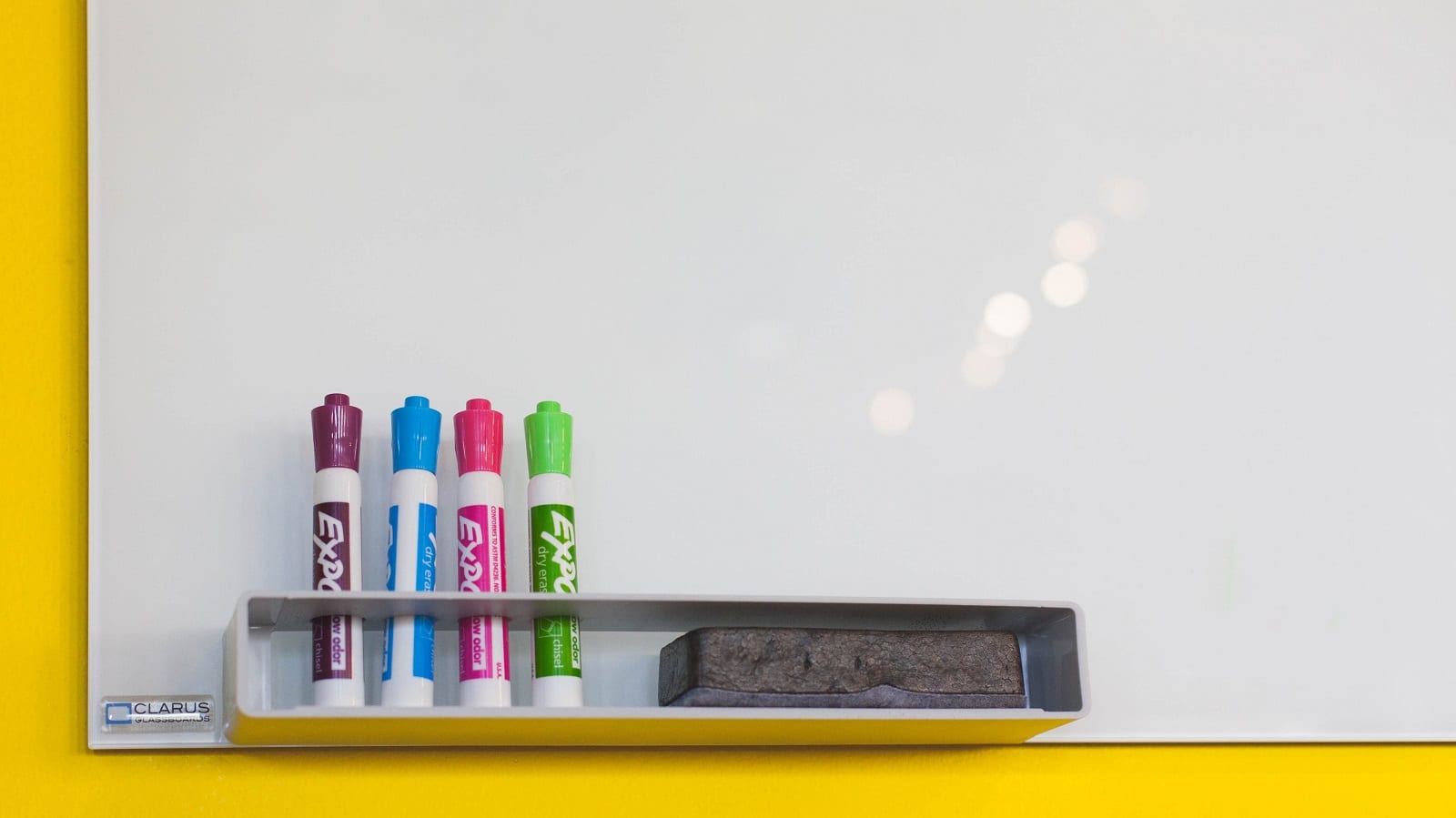Last Updated On: July 1st, 2024
1. Breathe
You’ve made it this far. You have decided that your child deserves a great education. Now the work begins. Ideally, you’ve been anticipating this test preparation for a while.
If you’re one of the many families that has not been expecting this your entire life, then you’re with the crowd. Most parents make these decisions once they see the level of training their student is currently getting. They FREAK OUT! Is this what I’m paying for? Is my kid learning anything? Why are they so bored in class? Why don’t they get homework? These teachers are terrible….I’ve heard it ALL.
So where to begin? BREATHE. First, we make a plan. A plan to help you rest assured that your child is receiving the best education possible.
2. Take a practice test.
The only way to know how to begin this process, is to begin. This is the fun part. Somehow you must convince your child to sit down for 2 hours and 40 minutes–BUT only 2 hours and 20 minutes if they’re a youngster going into 5th or 6th grade. You might be reading this and laughing hysterically. How will I make them do this? There aren’t enough ice creams and legos in the world. Once you find the magical bribe, use this weapon sparingly throughout the test prep and ISEE practice tests.
Make sure your kid takes this standardized test seriously too. They need to give it their best effort and ALWAYS PUT AN ANSWER. Even if it’s a wrong answer. More on this in a moment…
They’ve finished their first practice test with hopefully some correct answers. They’re exhausted. You’re stressed. What’s the damage? DO NOT and I repeat DO NOT read the score report with your child first. Allow yourself the opportunity to express your emotions separate from your child. You will be angry, mystified, or joyous depending on the results. Please trust me when I say, your child only wants your approval (no matter how much they conceal this). If they see your disappointment or frustration, they will go into test preparation with a sense of dread, fear, and constant worry. I’ve seen it happen countless times. Once they know you’re putting all the pressure of their future on this test, they will NOT do well.
Allow them the opportunity to care about their academic journey without your emotions at the center. Allow them independence during their preparation. Sure, you need to care if they’re doing their homework or progressing steadily, but it is not your responsibility to micromanage their future. If your child is ready to be a private school scholar, they will take ownership without your interference. If they do not want that, they may neglect their ISEE test prep and not take this test seriously. Instead of being furious, take notice. Maybe they aren’t ready for private school? It’s time to have a conversation and find the sweet spot where you both are happy with the plan.
3. Now let’s begin!
What is this Independent School Entrance Exam beast? It is a metric. A way for private schools to tell if your child is ready for the rigor of their school. The ERB, Educational Records Bureau, issues it. To clarify all the gibberish I’m about to use, check the ERB website FAQ: ERB FAQ
There are 3 ISEE exam levels: Lower Level, Middle Level, and Upper Level. If you’re lucky enough to know you want your child in private school eventually, I highly recommend taking this test at a younger age (aka the LOWER LEVEL). It is significantly easier than the Upper Level ISEE and Middle Level ISEE. I’ve seen kids have the highest scores at this level test.
Now it’s time for your prep course…
What’s the percentile? Do they mean percentage? Short answer: No, not really. The percentile is a ranking of where the test score landed compared to the other kids that have taken this version of this ISEE test.
What’s a stanine? A stanine is an easy way of knowing and judging the results. Because how do we know that Suzy and Fred didn’t get a higher percentile than my little Jimmy. Short answer: We don’t. So we use this stanine score (aka numbers 1-9) to give students and parents a metric to aim for.
More about that stanine… every parent will hear the hot gossip. “They must get an 8 or a 9 or that school is OUT.” “My Lucy got an 8 in every section.” Yes, of course some schools only want 8s and 9s, but most schools see the value in a well-rounded, competitive student with scores that are high, but not skyrocketing.
Just to prove my point… I have seen students get into their dream schools with combos of 5s, 6s, and 7s. 8s are rare and 9s are somewhat mythical.
What about that guessing you mentioned earlier? Ah, yes! Guess on anything and everything. They do not get incorrect answer choices marked wrong, only blanks will be deducted from the raw score.
4. Tell me more…what’s the content?
4 sections: 2 math sections, 1 verbal, 1 reading. And 1 essay. For timing on each section check out this ERB quick guide that lays out the number of questions and the time for each section: ISEE Quick Facts Guide
1st section: Verbal Reasoning: This is a measure of the words they know. They get synonyms and sentences to complete. If your child is not into reading or “big words”, you better jump right in with at least 15 new words per week. Here’s a free vocabulary list from a great ISEE prep company, Ivy Global: Ivy Global’s ISEE English Vocab
2nd section: Quantitative Reasoning: All the kids hate this math section. Why? Because it’s a trickster. It has word problems, regular math problems, and comparisons. Why is that tricky? This is the section that will require strategies and CRITICAL reading. This section alone is why I recommend a tutor.
3rd section: Reading Comprehension Section: Although you have a great reader, this section is quick and there are question styles that most middle school and high school students haven’t encountered before. They must either learn to be a fast reader or learn strategies. Oh and did I mention 80% of the passages are the most boring history and science articles ever? Fun.
4th section: Mathematics Achievement: A crowd favorite. Less strategy, more math problems. If you know it, you know it. Sure, it’s hard too, but there are less traps. Tons of problems, but it can be done.
The cherry on top: THE ESSAY! Less emphasis is placed on this section. It’s usually used to confirm their writing ability is on par with grade level. They get this fantastic opportunity to write about their community, their experiences, and their goals. What a gift! Don’t snooze on this one. It’s the redemption section. If your kid crushes this essay, schools notice.
5. But how do I help them prepare?
GET A TUTOR. Plain and simple. Students can respond much better to a tutor than they do their parents. They like independence and learning from an older peer. Allow them to spread their wings while you sit back and relax. Take a peek at our test prep tutors and feel out what learning style might work best for your child by reading the tutor bios: ISEE Tutors
If money or time is an issue, consider using Test Innovators to help your child prepare. It’s a great website, although not free, that offers practice questions and full-length practice tests: ISEE Practice Test Site. Most tutors use this website simultaneously in their instruction. It’s also great to use now that most testing will be online. This gives children an opportunity to get used to the online structure. For more on the test day and the online test-taking experience check out our blog post: ISEE At Home: How Does Test Innovators Compare to ProProctor?
6. What if they don’t get a great score?
Always, always take this test twice, especially for Upper Level test takers. You can have your student take the test once per “test season.” Personally I have seen the best results when students take the test for the first time in November and a second time in December or January, right before the applications are due. If you opt out of automatically sending schools your score, the schools will not know how many times your kid took the test and you will have the chance to send their best score. Typically second times the charm.
And like I said before, the test scores are not everything. Chances are you weren’t a perfect student across the board, and you turned out pretty well. Make sure your child has interests, extracurriculars, a good moral compass, and a dedication to their learning. That is what schools want.
7. What comes next?
Most applications for private schools are due in January and need to have the ISEE scores accompanying the multitude of personal statements from the parents and students applying. Gear up for that one! Scores usually arrive about a week after the test date. There’s an option to have them delivered even sooner for a bit more money. I highly recommend the expedited delivery. I’ve seen it put many minds at ease.
Although you have the option to send the score to the school directly, I would not recommend this. It’s much better to strategize before sending. For a cool infographic of the entire process, check out: ISEE Infographic
Happy prepping!




















